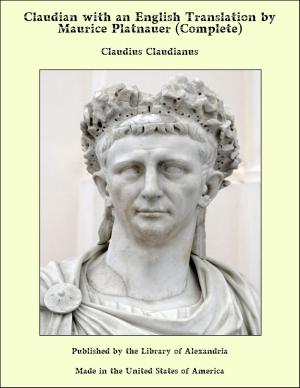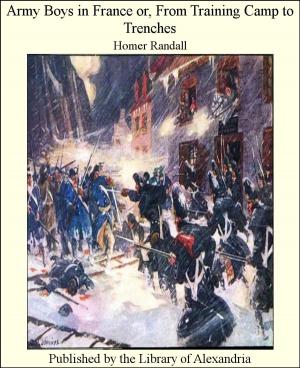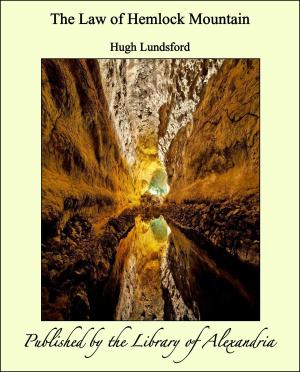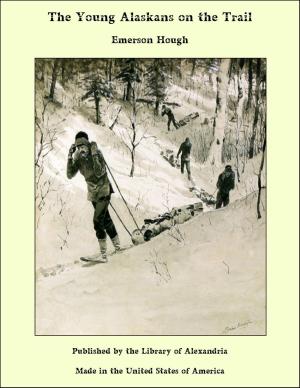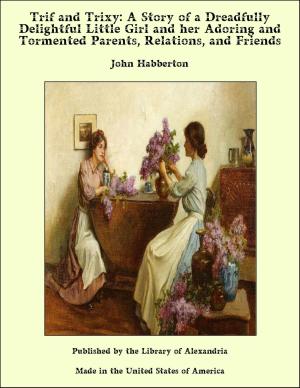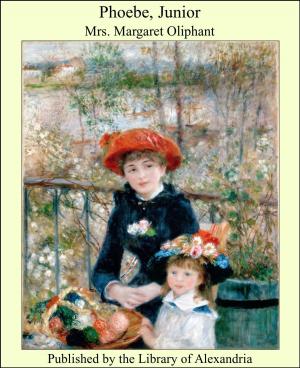American Prisoners of the Revolution
Nonfiction, Religion & Spirituality, New Age, History, Fiction & Literature| Author: | Danske Dandridge | ISBN: | 9781465571229 |
| Publisher: | Library of Alexandria | Publication: | July 29, 2009 |
| Imprint: | Library of Alexandria | Language: | English |
| Author: | Danske Dandridge |
| ISBN: | 9781465571229 |
| Publisher: | Library of Alexandria |
| Publication: | July 29, 2009 |
| Imprint: | Library of Alexandria |
| Language: | English |
THIS book is meant to serve as a chapter in the history of the American imagination. Consequently it undertakes to do more than to recount and criticize the work of eminent novelists, or of novelists whether eminent or mediocre; so far as space permits, it is a record of the national imagination as exhibited in the progress of native fiction. In Fenimore Cooper’s generation the expanding mood of the new republic, heretofore represented in almost no fiction whatever, was met by an energetic school of romancers. Their fashion passed about the middle of the nineteenth century, and there followed a relaxed interregnum of sentimentalism, during which, however, Hawthorne sounded his clear, profound, original note. After the Civil War the process which knit together all the sections of the country as they had not before been knit, encouraged the dominant mode of local color, which prevailed until about 1900. While the novel tended in this period to leave the field to the short story, it was nevertheless the period of Mark Twain, easily chief among those who have worked with native materials in native ways; of Henry James, the spokesman par excellence of those Americans whose imagination turns to Europe for its most affectionate exercise; and of William Dean Howells, mediator between the two extremes and principal American exponent of the doctrines of realism. At the end of the century, about coincident with the imperialistic excitement of the Spanish War, came a brief reaction toward romance rococo and prolific. During those same years there likewise began the discontent with romance and reticence from which springs the tendency of naturalism now current. Aiming to be a history rather than a partizan document, the account here offered does not take sides with any of the modes of fiction which have existed, or which exist, in the United States. To this lack of partizanship may be ascribed a disinclination to define the term “novel” too exactly. A different critical disposition might have denied the name to certain allegories, romances, and humorous autobiographies admitted to the record apparently without question. As a matter of fact, they have all been questioned closely, with the resulting conviction that to classify and exclude them would be vain, since the effect of invented narrative is much the same no matter what the technical subdivision into which any specific book may fall. A fuller history of the American imagination would indeed have to take into account poems and plays and short stories as well, with all the national myths and legends and traditions and aspirations. This particular study, however, has had to be limited to long prose narratives in which the element of fact is on the whole less than the element of fiction
THIS book is meant to serve as a chapter in the history of the American imagination. Consequently it undertakes to do more than to recount and criticize the work of eminent novelists, or of novelists whether eminent or mediocre; so far as space permits, it is a record of the national imagination as exhibited in the progress of native fiction. In Fenimore Cooper’s generation the expanding mood of the new republic, heretofore represented in almost no fiction whatever, was met by an energetic school of romancers. Their fashion passed about the middle of the nineteenth century, and there followed a relaxed interregnum of sentimentalism, during which, however, Hawthorne sounded his clear, profound, original note. After the Civil War the process which knit together all the sections of the country as they had not before been knit, encouraged the dominant mode of local color, which prevailed until about 1900. While the novel tended in this period to leave the field to the short story, it was nevertheless the period of Mark Twain, easily chief among those who have worked with native materials in native ways; of Henry James, the spokesman par excellence of those Americans whose imagination turns to Europe for its most affectionate exercise; and of William Dean Howells, mediator between the two extremes and principal American exponent of the doctrines of realism. At the end of the century, about coincident with the imperialistic excitement of the Spanish War, came a brief reaction toward romance rococo and prolific. During those same years there likewise began the discontent with romance and reticence from which springs the tendency of naturalism now current. Aiming to be a history rather than a partizan document, the account here offered does not take sides with any of the modes of fiction which have existed, or which exist, in the United States. To this lack of partizanship may be ascribed a disinclination to define the term “novel” too exactly. A different critical disposition might have denied the name to certain allegories, romances, and humorous autobiographies admitted to the record apparently without question. As a matter of fact, they have all been questioned closely, with the resulting conviction that to classify and exclude them would be vain, since the effect of invented narrative is much the same no matter what the technical subdivision into which any specific book may fall. A fuller history of the American imagination would indeed have to take into account poems and plays and short stories as well, with all the national myths and legends and traditions and aspirations. This particular study, however, has had to be limited to long prose narratives in which the element of fact is on the whole less than the element of fiction

